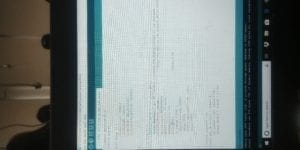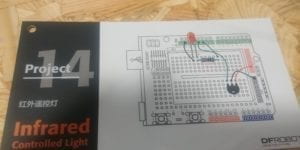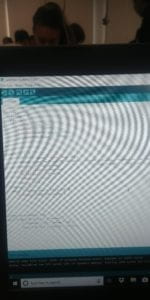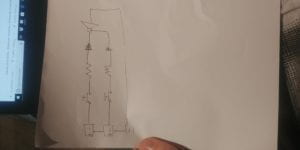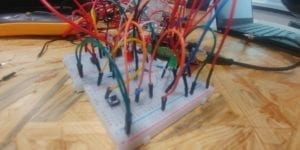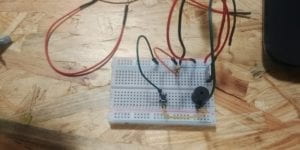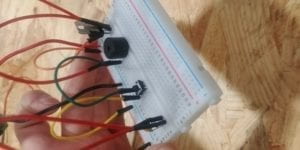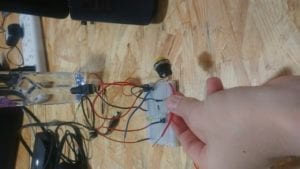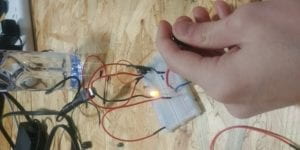The past two weeks have been a venture into the true definition of “interaction”. I would surely consider our phones interactive yet when confronted with the rather comical sketch of what our phone sees its handlers as (a giant thumb), it incites the imagination of innovators to dream up new forms of interaction. Crawford notes in his work on interactive design, “The Art of Interactive Design” that interaction requires communication. I agree with this more overarching definition of the word and I form my own definition around it. In my opinion interaction is, “A two way form of communication where every component involved has the ability to take input and create output in some way”. Yes, my definition is basic and yes I do believe even a light switch is interactive.
When I think about projects that demonstrate what I consider to be interaction I am naturally drawn to the most grandiose of them all, architectural masterpieces. The first monument I would like to highlight as displaying a great deal of interaction is the Milwaukee Art Museum in Milwaukee, WI. The building itself is an interactive exhibit as it’s wings open and close depending on user input.
So looking through projects I could only find one that doesn’t necessarily satisfy my definition of interactive which is the Murals in Detroit. While creative and a wonderful way to light up the city with a positive atmosphere after years of troubles it does not demonstrate interaction. When I envision interaction I see some sort of action reaction sequence.
https://www.vice.com/en_us/article/qvv3qp/massive-murals-detroit-library-street-collective
Our project for the week was the Super Box Boo 3000. The idea for the great invention for the year 2119 was come up with in a rather mundane way but surprisingly enough our product did not violate serious ethical norms as our competitors. Dom thought of the idea randomly while out back and from there we worked diligently each on our separate roles, it was mine to construct the box itself. Our box satisfies my definition of Interaction because it takes input from your foot and gives the output of a 3d printed shoe.
